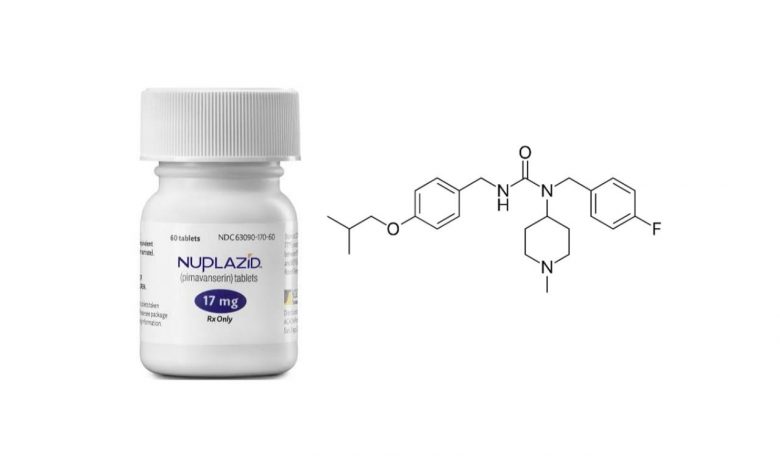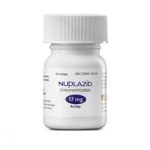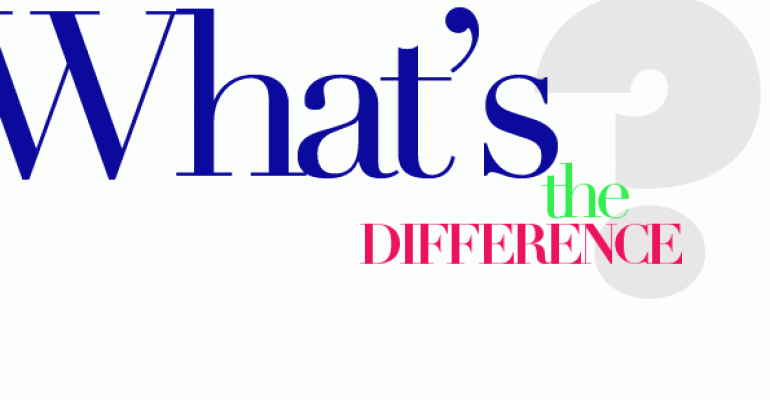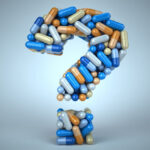Are Pimavanserin (Nuplazid) Impurities a Safety Risk?

Pimavanserin more commonly known by the brand name Nuplazid is an antipsychotic drug used to treat hallucinations and delusions in people with psychosis from Parkinson’s disease (PD; a disorder of the nervous system that causes difficulties with movement, muscle control, and balance).
Pimavanserin is in a class of medications called atypical antipsychotics. It works by changing the activity of certain natural substances in the brain.
Recently, there have been reports on the safety of Nuplazid owing to some of its side effects and the likelihood of impurities triggering adverse events in people with Parkinson’s disease using the medication.
Are Pimavanserin (Nuplazid) Impurities a Safety Risk?
No, Nuplazid manufactured by Acadia Pharmaceuticals Inc. contains the active pharmaceutical ingredient and it is produced under Good Manufacturing Practice (GMP) a system that ensures that products are consistently produced and controlled according to quality standards.
The U.S. Food and Drug Administration (FDA) recently completed a review of all postmarketing reports of deaths and serious adverse events (SAEs) reported with the use of Pimavanserin (Nuplazid). Based on an analysis of all available data, FDA did not identify any new or unexpected safety findings with Pimavanserin (Nuplazid), or findings that are inconsistent with the established safety profile currently described in the drug label. After a thorough review, FDA’s conclusion remains unchanged that the drug’s benefits outweigh its risks for patients with hallucinations and delusions of Parkinson’s disease psychosis.
Pimavanserin (Nuplazid) and other antipsychotics have a Boxed Warning regarding the increased risk of death in elderly patients with dementia-related psychosis associated with the use of these drugs. In view of the number of reports of death and other serious adverse events, FDA conducted a comprehensive analysis of all available information.
This analysis included information submitted to the FDA Adverse Event Reporting System (FAERS), drug utilization data, safety data from the Pimavanserin (Nuplazid) new drug application, the sponsor’s Periodic Adverse Drug Experience Reports, the sponsor’s analysis of fatal adverse event reports with Pimavanserin (Nuplazid) and published medical literature.
In assessing the reports of deaths, FDA considered that patients with Parkinson’s disease psychosis, for whom Pimavanserin (Nuplazid) is indicated, have a higher mortality (death) rate due to their older age, advanced Parkinson’s disease, and other medical conditions. Moreover, Pimavanserin (Nuplazid) is primarily distributed through a patient support program and a specialty pharmacy network, which increases the likelihood that deaths will be reported to the manufacturer. In FAERS reports that included a cause of death (many reports did not provide sufficient information to assess drug cause and effect), there was no evident pattern to suggest a drug effect.
Overall, the postmarketing data were consistent with the safety data obtained from the premarketing controlled clinical trials of Pimavanserin (Nuplazid) for Parkinson’s disease psychosis.
Although FDA did not identify any new or unexpected safety risks, some potentially concerning prescribing patterns were observed, such as the concomitant use of other antipsychotic drugs or drugs that can cause QT prolongation, a potential cause of heart rhythm disorder. The risk of QT prolongation and serious arrhythmia (abnormal heart rhythm) associated with Pimavanserin (Nuplazid) is noted in the Warnings and Precautions section of the drug label, which warns of the increased risks associated with using Pimavanserin (Nuplazid) together with other drugs known to cause QT interval prolongation. Based on this observation, FDA reminds health care providers to be aware of the risks described in the prescribing information. FDA also reminds health care providers that none of the other antipsychotic medications are approved for the treatment of Parkinson’s disease psychosis.
Patients taking Pimavanserin (Nuplazid) for Parkinson’s disease psychosis should continue to use it as prescribed by their health care provider. FDA continues to monitor reports of adverse events associated with Pimavanserin (Nuplazid). The agency will communicate any updates to the public as necessary.
To help FDA assess potential medication safety issues, the agency urges health care providers and patients to report suspected side effects involving Pimavanserin (Nuplazid) and other drugs to the FDA MedWatch program.





